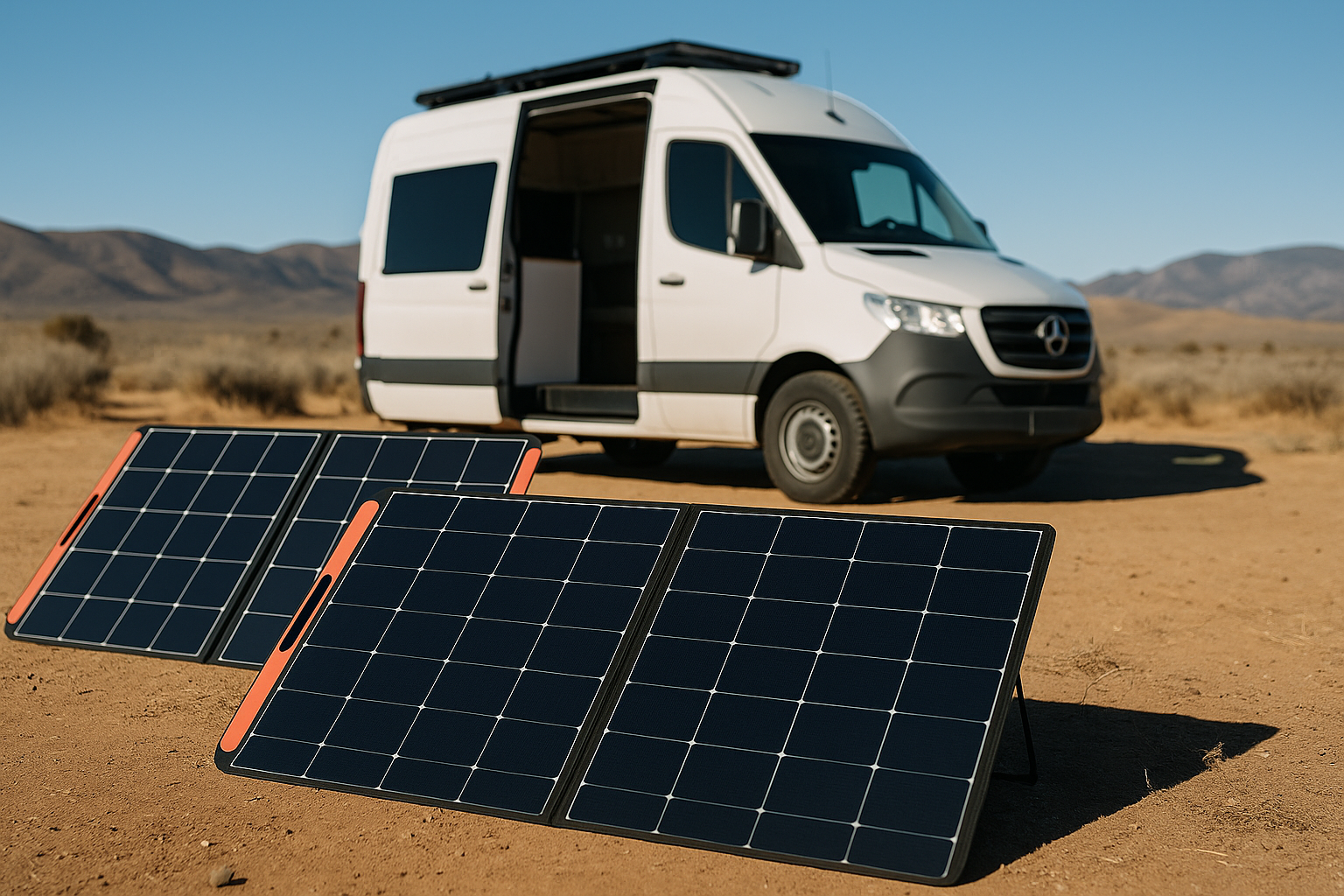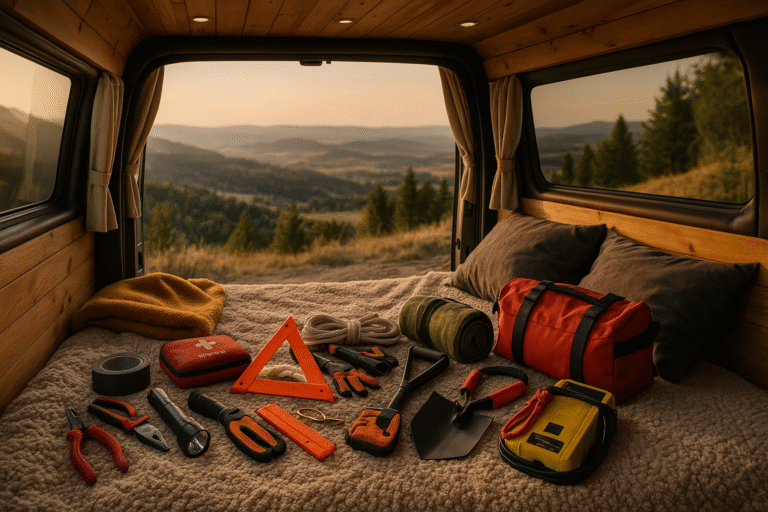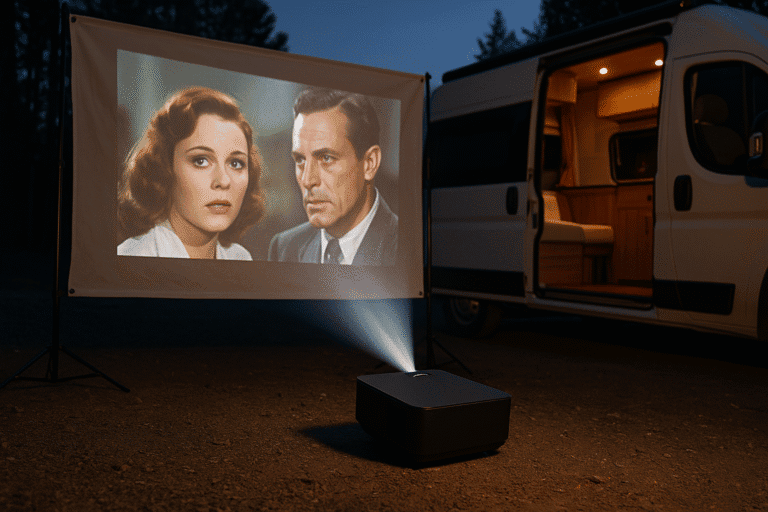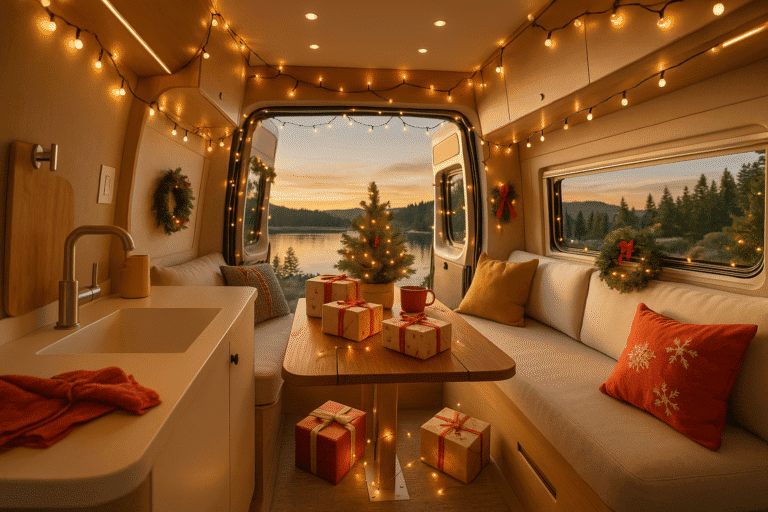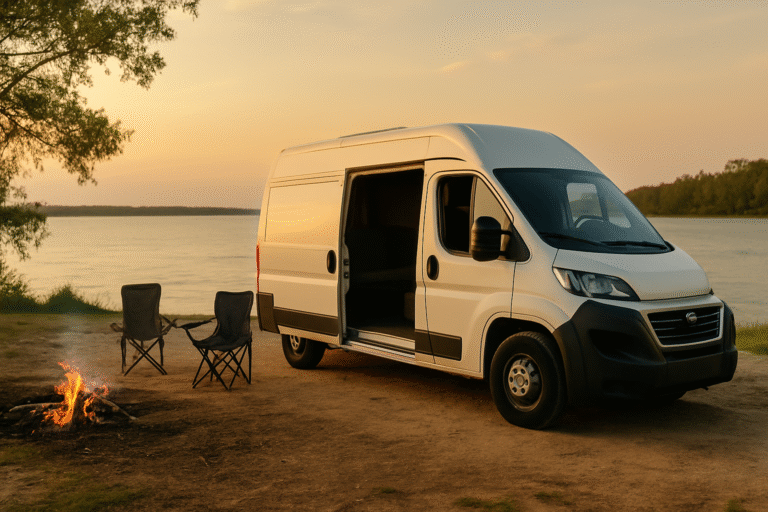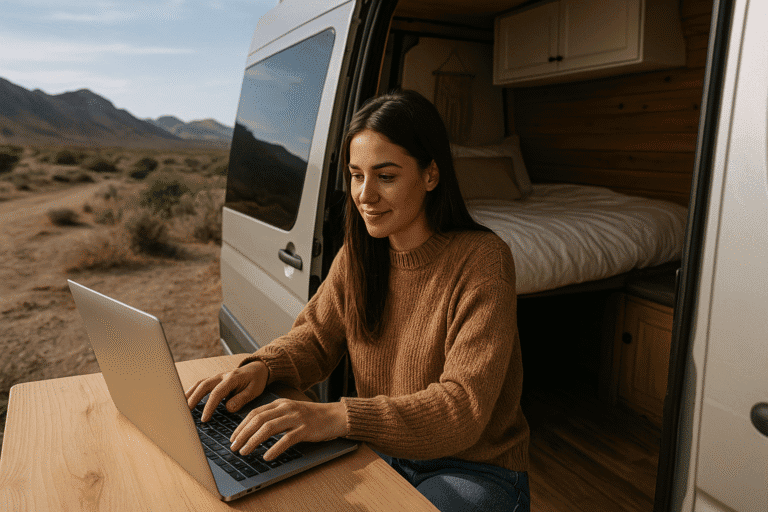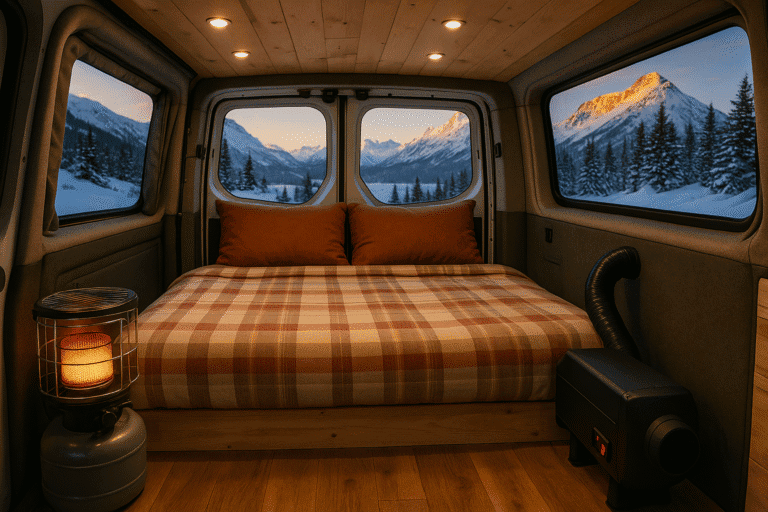Best Van Life Solar Panels (Comparison + Review)
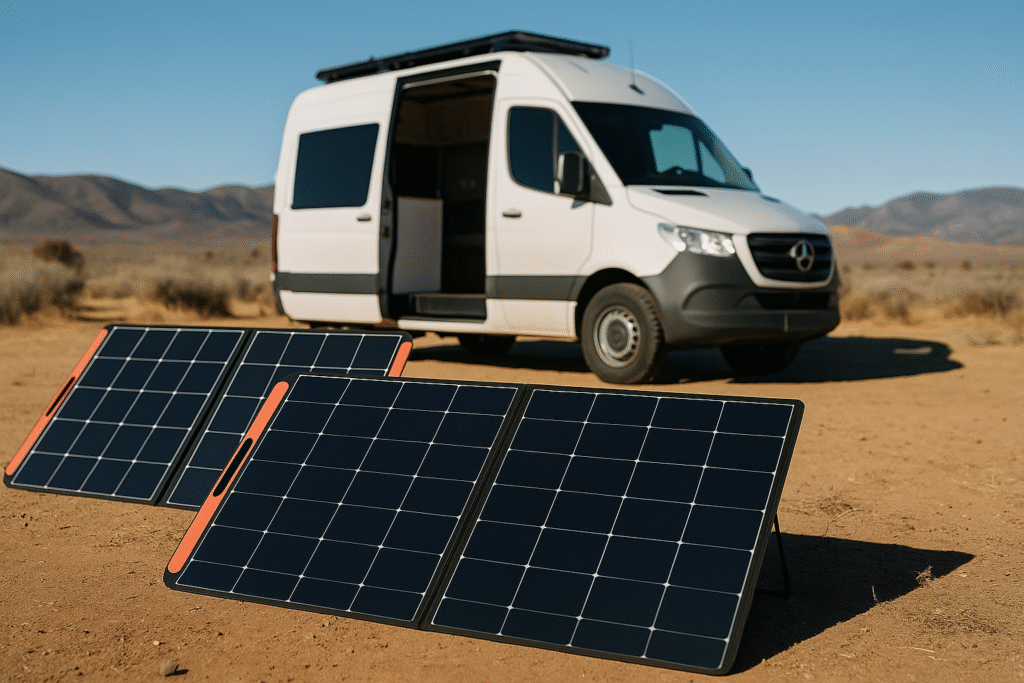
If you’re living the van life or plan on heading off-grid for weeks or days, a reliable solar panel system is essential. With all the solar panels that exist, choosing the best van life solar panels can be intimidating. That’s why we’ve gathered real-world information from hundreds of authenticated customer reviews to compare four of the highest-rated portable solar panels on the market.
In this definitive guide, we’ll break down the pros, cons, specs, and real-world performance of:
Let’s dive into what solar panel setup works best for van life, whether you’re a part-time weekend warrior or a full-time nomad.
Why Solar Panels Matter for Van Life
Power independence is one of the greatest van life freedoms. Fueling your fridge, charging your devices, powering fans, and lighting your space all need a reliable source of energy. The best van life solar panels offer:
•Renewable, free energy – After they’re installed, your energy is free
•Quiet operation – Unlike gas generators that shatter the serenity of nature
•Portability – New panels fold up for easy storage when not in use
•Low maintenance – Most panels require little more than periodic cleaning
•Environmental impact – Reduce your carbon footprint while enjoying the great outdoors
When paired with a portable power station, the perfect solar panel will charge your van wherever there’s sunlight. Collectively, they form a system of renewable energy that can fuel anything from basic lighting to powering small appliances.
Solar Panel Specs Explained
With so many models available, let’s break down some essential specs that influence performance when picking the “best van life solar panels:”
Wattage: A panel’s theoretical maximum output under ideal conditions is its rated capacity (100W, 120W, etc.).
Real-world output: Actual power generation is typically 60-80% of rated capacity due to variables like sun angle, time of day, and weather.
Efficiency: Efficient panels generate more power per square foot of surface.
Portability: Consider weight, folded dimensions, and ease of setup if you will be relocating panels frequently.
Durability: Look for panels with high weather resistance if you’ll be traveling through different climates.
Comparison Table: Best Van Life Solar Panels
| Solar Panel Model | Wattage | Weight | Charging Ports | Setup Time | Real-World Output | Best For |
|---|---|---|---|---|---|---|
| Jackery SolarSaga 100W | 100W | 9.1 lbs | USB-A, USB-C, 8mm DC | ~1 min | 60–80W | Versatile, easy to use |
| Bluetti PV120 | 120W | 12.3 lbs | MC4 | ~2 min | 90–100W | High output, compact size |
| EcoFlow 160W | 160W | 15.4 lbs | MC4 | ~2–3 min | 120–130W | Fast charging, weatherproof |
| Renogy E.Flex-CORE 100W | 100W | 6.6 lbs | MC4 | ~1 min | 70–75W | Lightweight, portable option |
Visual Comparison: Output vs. Portability
When you’re choosing the best van life solar panels, you’re balancing power needs against storage constraints. Our comparison considers each panel’s rated wattage against its weight—providing you a means to see which ones pack the most punch per pound.
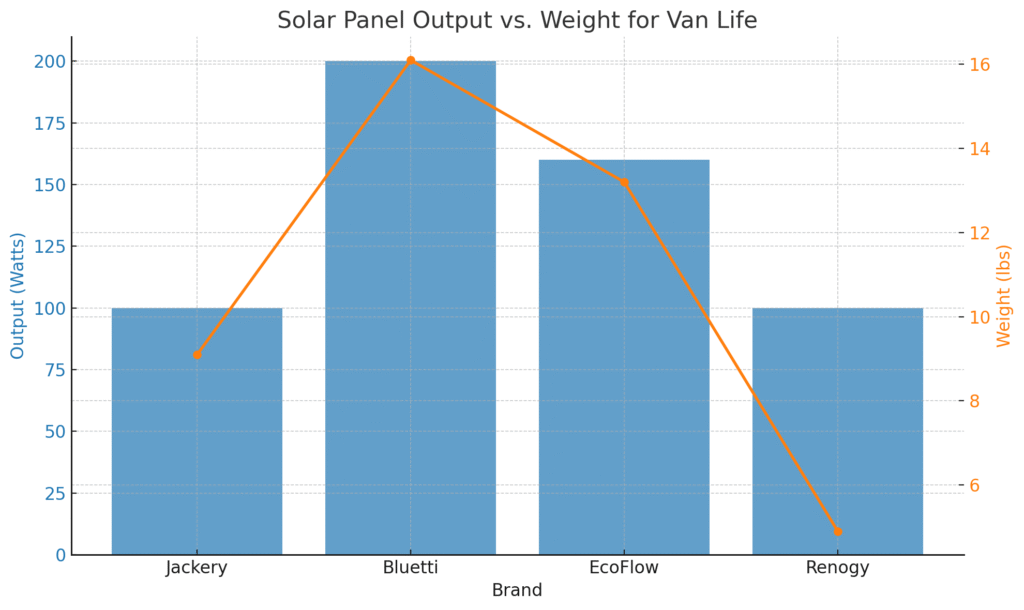
Jackery and EcoFlow offer high power in lighter weights, which are perfect for frequent travelers or mobile mounts. Bluetti’s panels are slightly heavier but offer great performance and mate perfectly with their power stations for wider off-grid use. Renogy offers a great compromise—especially for permanent or semi-permanent mounting systems.
Review of Top Solar Panel Options
The Jackery SolarSaga 100W impresses with its plug-and-play ease of use. The two USB ports enable direct charging of devices and a portable station simultaneously. Its built-in kickstand makes it easy to position, and Jackery’s customer support is very responsive.
In real-world conditions, it tends to output 60-80W in direct sunlight and still performs reasonably on partially cloudy days. The panels themselves aren’t waterproof, only splash-proof, and while the plastic construction serves to keep them lightweight, it doesn’t have quite the same rugged feel as some of its rivals.
Bluetti panels are well-suited for long boondocking adventures and consistently perform close to their rated capacity in good conditions. You can reliably expect to get 120+ watts from the PV120 even on partially cloudy days. The durable ETFE coating holds up admirably after months of use with minimal wear.
The main drawbacks are the rather thick folded design and snap shutters that don’t quite feel as solid as the rest of the panel. The initial cost is greater, but the performance generally makes it worth the investment for power-hungry setups.
The EcoFlow 160W panels offer the most real-world output of all tested, often reaching 120-130W under ideal conditions. Their water resistance allows for reliable operation in light rain, with confidence in worsening weather.
The trade-off is weight—at 15.4 lbs, they’re much heavier than others, which matters when storage space is limited. They also carry a premium price, but the higher output generally means fewer panels needed overall.
For backup or for quick weekend trips, the Renogy panel offers excellent flexibility at a mere 6.6 lbs, making it one of the lightest to store in tight van space. Smaller and less expensive, it still delivers impressively good performance, generating a consistent 70-75W under ideal conditions.
The only real drawback is that there is no built-in stand, so users often have to prop it up against something to achieve the perfect angle. While it does take more time to charge larger power stations, for weekend warrior setups, it offers an excellent compromise of performance, price, and portability.
Research-Based Insights on Solar Panel Efficiency
Understanding efficiency factors can help you to maximize your van life solar installation. According to the Department of Energy, “Temperature—Solar cells tend to work best at low temperatures. Higher temperatures lead to. a much larger voltage reduction” Link.
This is why many van lifers suffer decreased performance under hot conditions. The National Renewable Energy Laboratory (NREL) study states that effective placement and air flow around panels allow for temperature-related efficiency losses to be minimized, particularly important in roof-top installations. Link
The National Park Service further contributes that “PV systems may require water for ongoing maintenance” as dust and debris significantly reduce efficiency over time (National Park Service, 2025). Link
Environmental Considerations for Sustainable Solar
A Nature Sustainability study shows recycling alternatives for solar panels “can lead to a reduction of up to 72.6% of energy payback time and of 71.2% in greenhouse gas emission factor” compared to waste landfilling (Nature Sustainability, 2021). Link
Over 96% of PV materials are recyclable if facilities exist. MDPI Sustainability journal studies confirm “Recycling technologies decrease the overall impact score of the cradle-to-grave PV systems” compared to waste management (MDPI, 2021). Link
Upgrading your van solar system, securing proper recycling channels for old panels significantly reduces their environmental footprint—an essential feature of truly sustainable van life experiences.
Solar Panel Maintenance Tips for Van Life
To maximize your solar return on investment on the road:
1. Regular cleaning – Dust and dirt can reduce efficiency by up to 25%
2. Proper positioning – Angle panels for optimal sun exposure as you travel
3. Storage and care – Protect panels from extreme heat and heavy items
4. Connection checks – Check cables and connectors for wear regularly
5. Seasonal adjustments – Rotate your panel angle with the seasons for maximum output
Last Word
The best van life solar panel depends on your power needs and travel style. After thorough testing and comparison, here are our top picks:
• Best for Beginners: Jackery SolarSaga 100W – Intuitive design and direct USB charging make this perfect for solar newcomers
• Best Output: Bluetti PV200 – When maximum power generation is your priority
• Best for Harsh Conditions: EcoFlow 160W – Superior performance in varied weather
• Top Budget/Lightweight Option: Renogy E.Flex-CORE 100W – Excellent portability without sacrificing too much power
Whether charging a fridge for the weekend retreat or maintaining your off-grid work area, one of these “best van life solar panels” can be the foundation of your mobile power setup.
Building Your Entire Van Life Solar System
Remember that the “best van life solar panels” are just a component of your power system. For a complete setup, you will need:
1. Solar panel(s) – Primary source of energy
2. Power station/battery – Stores energy for later use
3. Charge controller – Regulates transfer of power (often built-in to power stations)
4. Cables and adapters – Permits components to be compatible with one another
By matching your power generation with your actual needs, you can create a lean, efficient system that meets your personal van life journey.
Need a power station to go along with your panel? Check out our Best Solar Generators for Van Life guide.
Still customizing your rig? Don’t miss our Van Life Cooking Setup Guide and Van Life Emergency Kit.

